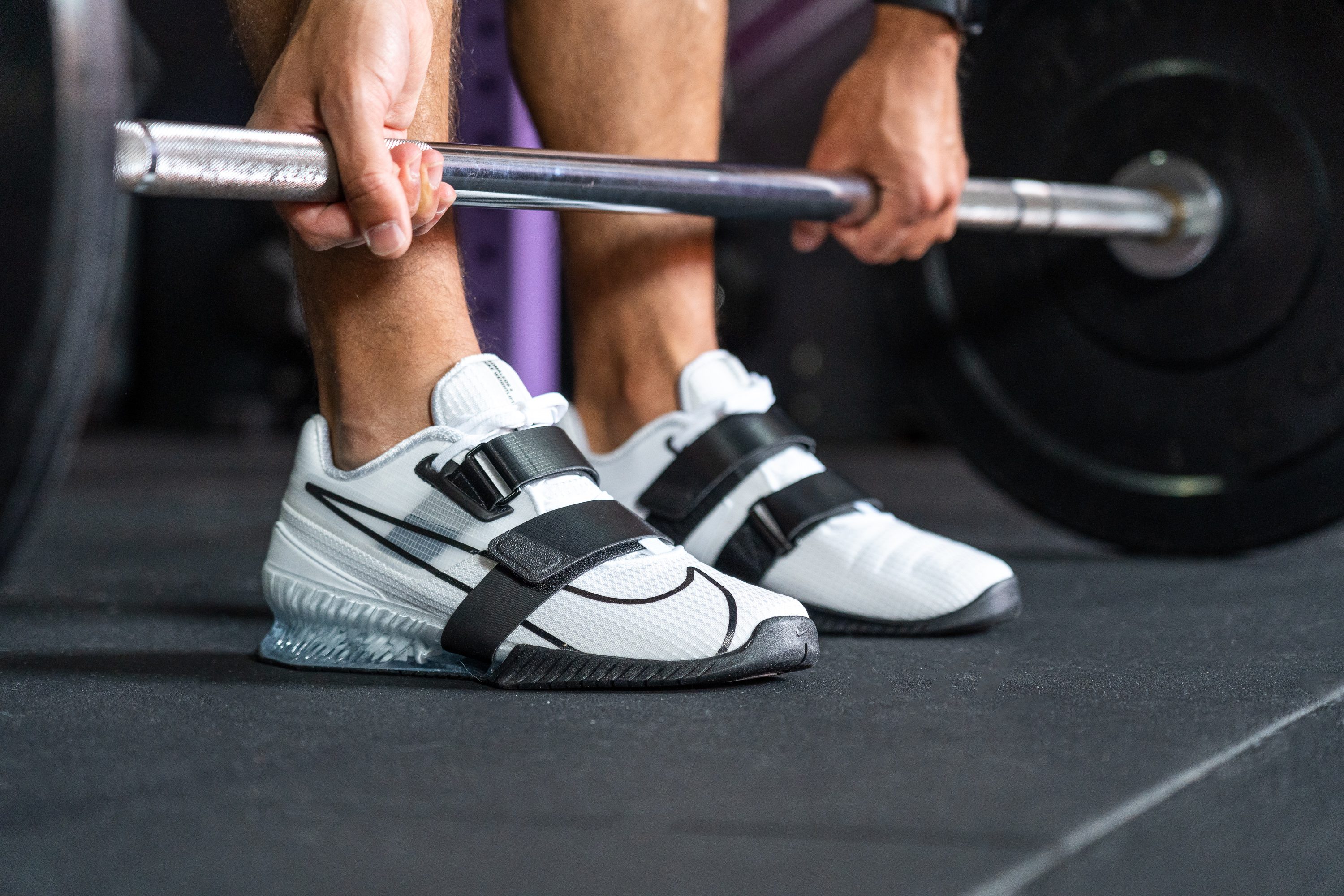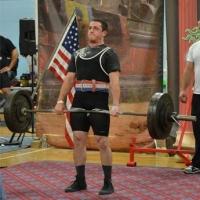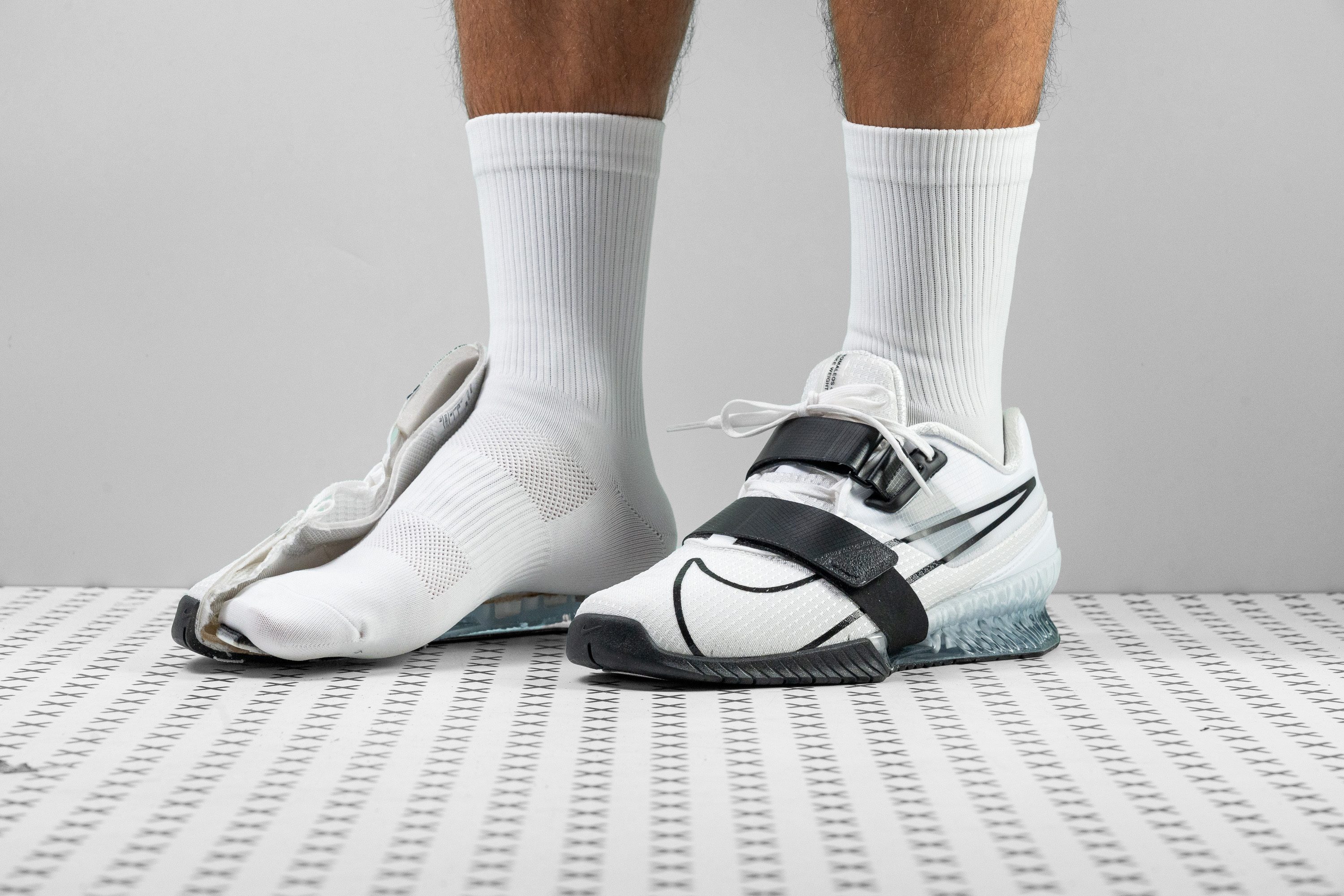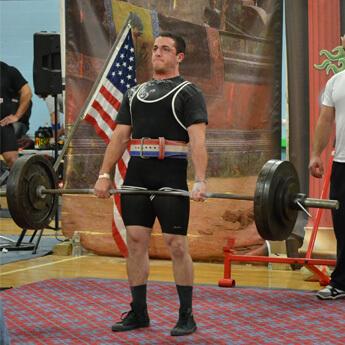Our verdict
- Top pick in best gym shoes
- Top pick in best weightlifting shoes
Pros
- Phenomenal stability
- Sturdy platform and sole
- Better lockdown with two straps
- Comfortable for a lifting shoe
- True to size
- Efficient traction
- Appealing looks
Cons
- Upper lacks durability
- Not for narrow ankles
- Not breathable
Audience verdict
- Top 13% in training shoes
- Top 8% in Nike training shoes
- Top 19% most popular training shoes
Comparison
The most similar training shoes compared
+ + Add a shoe | |||||
|---|---|---|---|---|---|
| Audience score | 91 Great! | 87 Great! | 87 Great! | 90 Great! | |
| Price | $200 | $220 | $120 | $120 | |
| Use | WeightliftingGymPowerlifting | WeightliftingGymPowerlifting | WeightliftingGymPowerlifting | WeightliftingGymPowerlifting | |
| Shock absorption | Low | Low | Moderate | Low | |
| Energy return | Low | Low | Moderate | Moderate | |
| Traction | - | Low | - | High | |
| Drop lab | 20.5 mm | 20.5 mm | 15.1 mm | 15.2 mm | |
| Heel stack lab | 33.5 mm | 33.0 mm | 26.0 mm | 30.0 mm | |
| Forefoot | 13.0 mm | 12.5 mm | 10.9 mm | 14.8 mm | |
| Weight lab | 20.1 oz / 571g | 22.1 oz / 627g | 14.8 oz / 420g | 15 oz / 425g | |
| Breathability | Warm | Warm | Moderate | Warm | |
| Width / fit | Medium | Medium | Narrow | Narrow | |
| Toebox width | - | Narrow | Narrow | Narrow | |
| Size | Half size small | True to size | Half size small | True to size | |
| Midsole softness | Firm | Firm | Firm | Firm | |
| Stiffness | Stiff | Stiff | Stiff | Stiff | |
| Torsional rigidity | Stiff | Stiff | Stiff | Stiff | |
| Heel counter stiffness | Stiff | Stiff | Stiff | Stiff | |
| Toebox durability | Decent | Good | Decent | Decent | |
| Heel padding durability | - | Good | Decent | Bad | |
| Outsole durability | - | - | - | Decent | |
| Midsole width - forefoot | Wide | Very narrow | Very wide | Narrow | |
| Midsole width - heel | Wide | Average | Very wide | Very narrow | |
| Widths available | Normal | Normal | Normal | NormalWide | |
| Insole thickness | Very thick | Average | Thin | Average | |
| Outsole thickness | Average | Average | Average | Very thick | |
| Outsole hardness | Very hard | Very soft | Very hard | Average | |
| Heel tab | None | None | None | Pull tab | |
| Tongue: gusset type | Bootie | None | Both sides (semi) | None | |
| Tongue padding | Very thick | Thick | Average | Average | |
| Ranking | #4 Top 13% | #16 Top 49% | #14 Top 43% | #9 Top 28% | |
| Popularity | #6 Top 19% | #19 Bottom 42% | #17 Bottom 48% | #13 Top 40% |
Platform
Shock absorption
We can confidently claim the Nike Romaleos 4 to be the most stable and incompressible weightlifting shoe we've ever tested.
Its ultra-low shock absorption measurements of 31 SA in the heel and 19 SA in the forefoot translate into some of the most surefooted squats, lifts, and bench presses. Not a single joule of your effort gets lost when traveling from the shoe and the barbell.

| Romaleos 4 | 31 SA |
| Average | 48 SA |
Energy return
The Romaleos 4's platform also proved to be one of the most planted and static ones. We measured its energy return at only 37.3% in the heel and 42.9% in the forefoot.
| Romaleos 4 | 37.3% |
| Average | 47.0% |
Size and fit
Size
Nike Romaleos 4 fits half size small (138 votes).
Consider sizing up
Flexibility / Stiffness
The shoe's forefoot flexibility also showed some of the stiffest readings on our shoe flexibility tester. At 30.0N, it required the greatest amount of force to bend by 30 degrees among all lifters in our lab!
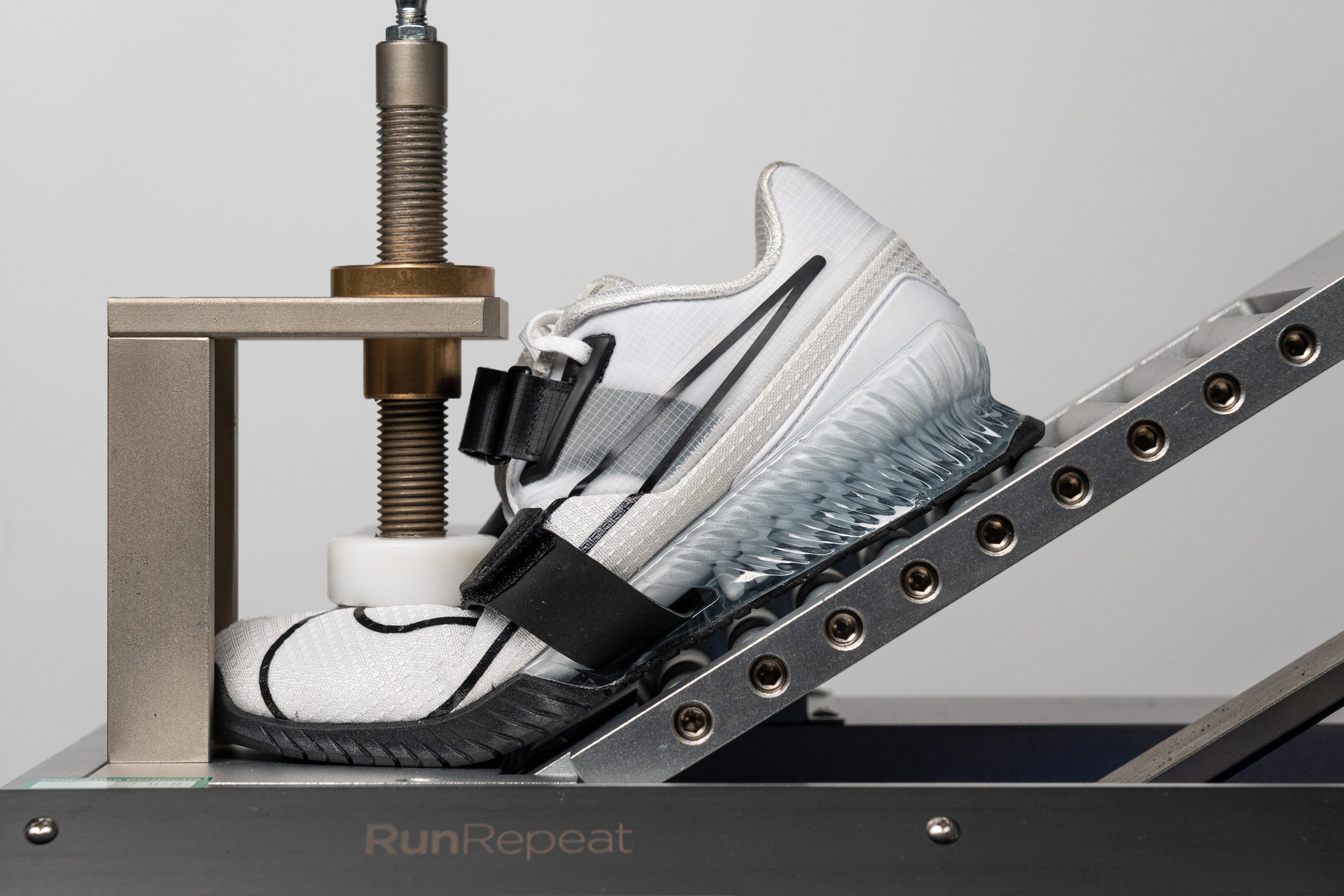
| Romaleos 4 | 30.0N |
| Average | 15.8N |
Who should buy the Nike Romaleos 4
The Romaleos is the flagship series of weightlifting shoes from Nike. We recommend it most for intermediate and professional athletes who lift heavy regularly.
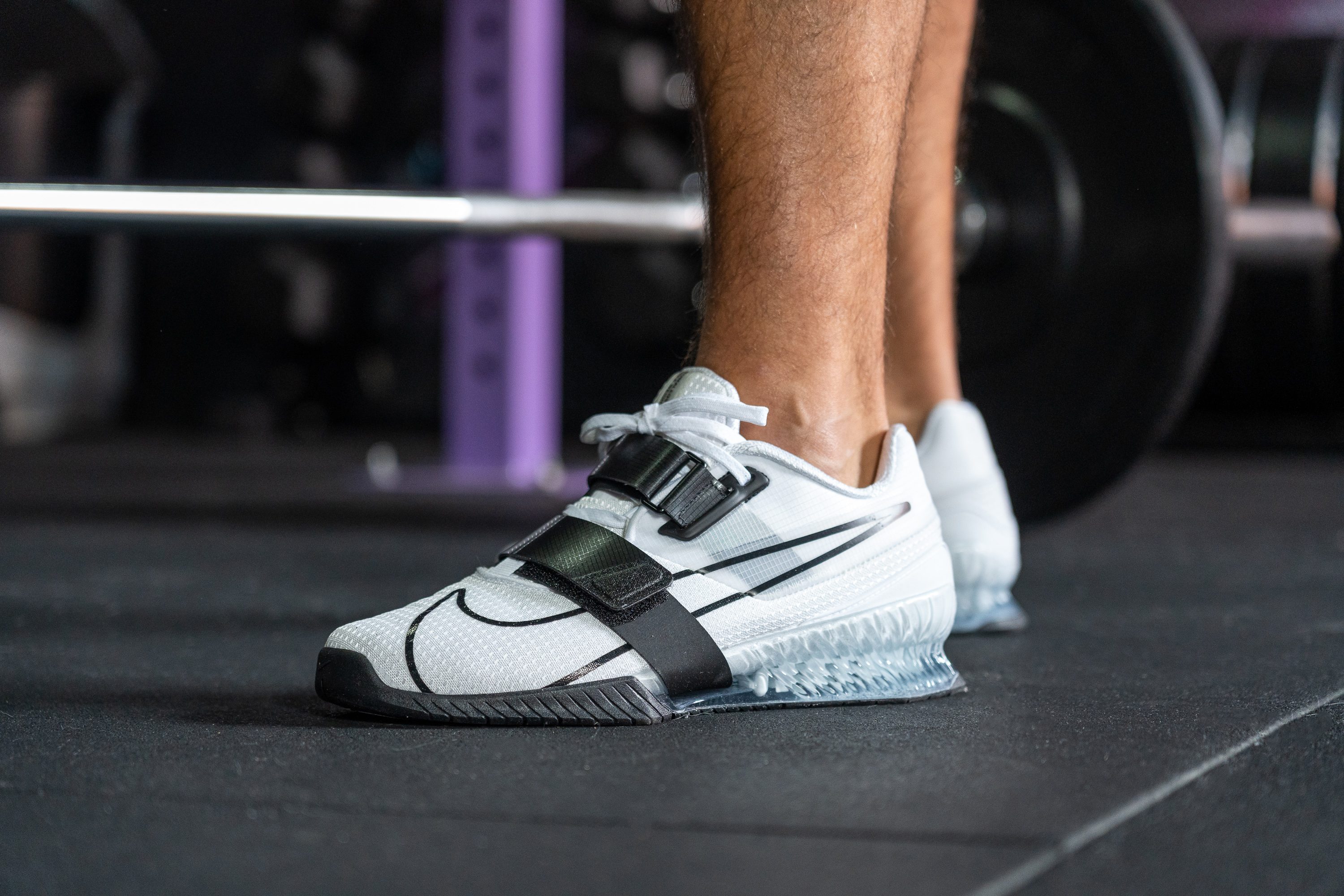
We confirmed that it is one of the best options on the market for Olympic weightlifting exercises: squats, cleans, jerks, and snatches.
Who should NOT buy the lifter
This lifting shoe won’t make you happy if you:
- want something premium for the heaviest of loads. Then, look at the Reebok Legacy Lifter III.
- are a beginner in weightlifting (try Adidas Powerlift 5 instead)
- hope to do other gym exercises apart from lifting (in this case, it’s better to choose from dedicated CrossFit shoes or consider Nike Savaleos)
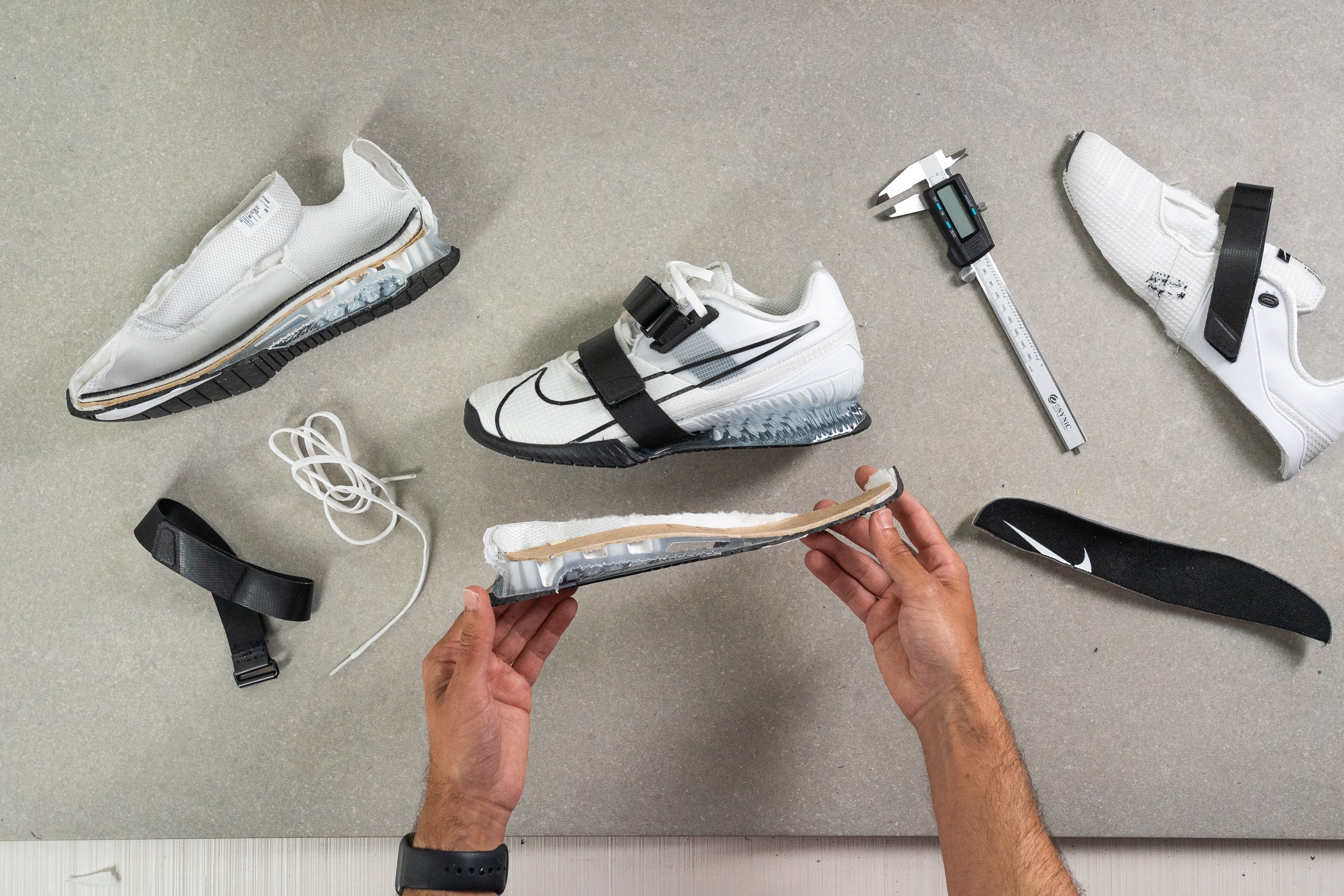
Flagship stability
As a premium weightlifting shoe, surefootedness is the Romaleos' second name. We are beyond excited over the adequately stiff and wide sole of the shoe.
The platform hardness of the Romaleos 4 is through the roof! It is the hardest of all the lifting shoes we've tested. Using a durometer, we found it to be 20% firmer than lifters on average. Compression is just not happening here.
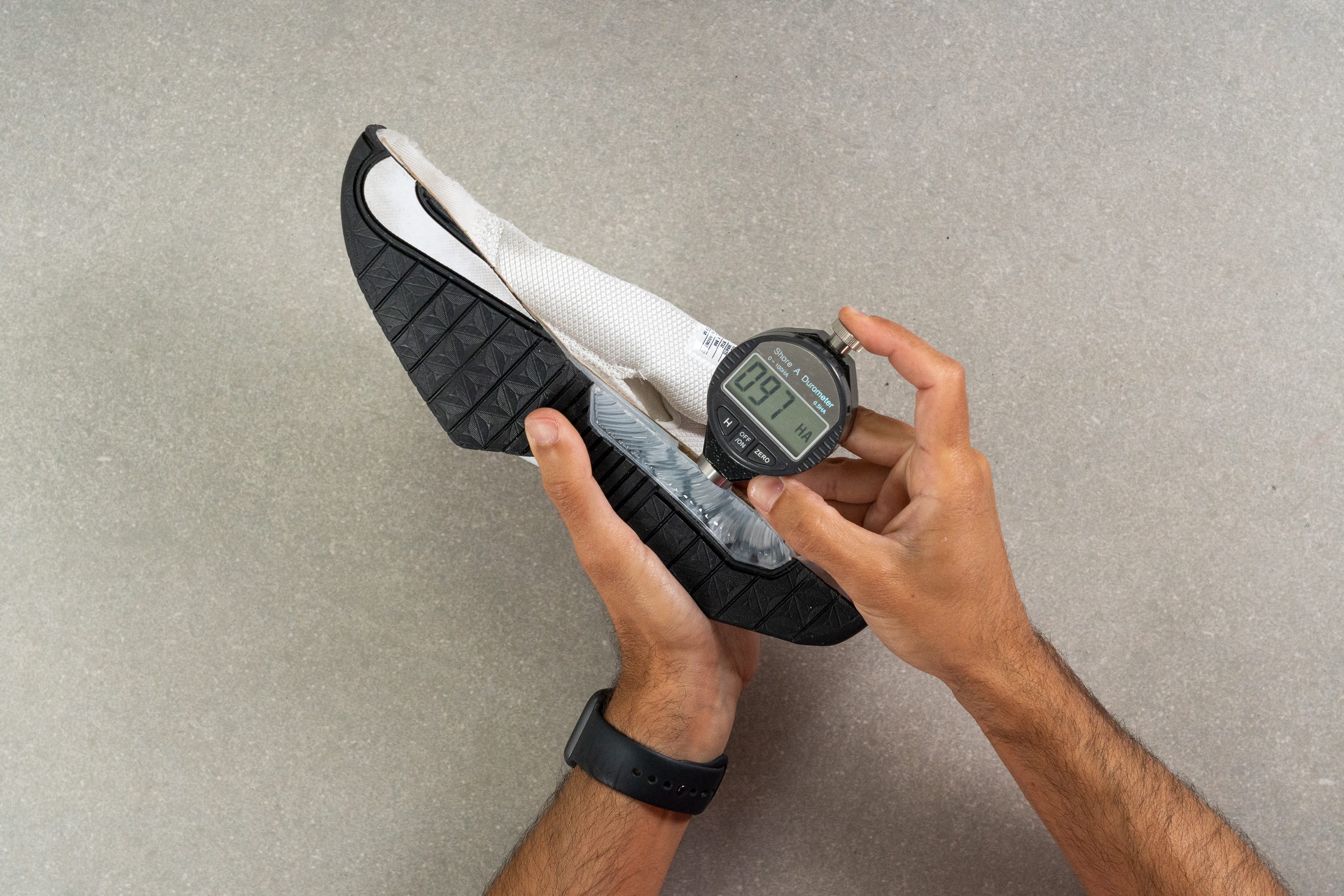
Regarding the width of its platform, it can be enough to just look at all those side flanges at the bottom. Measuring the widest parts of the forefoot (111.5 mm) and the heel (91.3 mm) with a pair of calipers proved that the Romaleos 4 is a few millimeters ahead of other lifters too.

Completing the ensemble is the shoe's strong heel hold courtesy of the extended TPU walls and the extra-stiff heel counter.
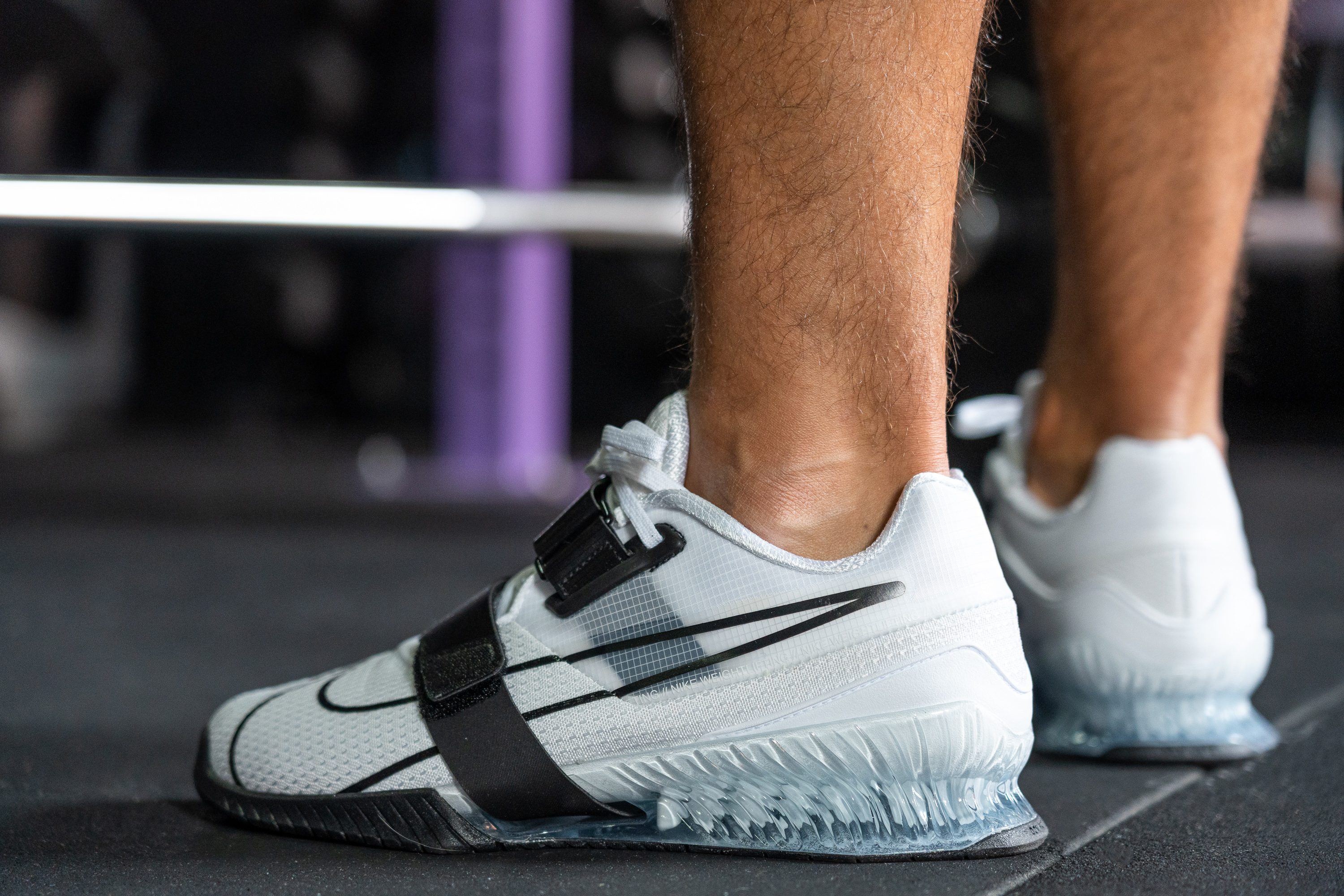
The stiffness of the heel counter received 5 out of 5 in our manual assessment. It is unforgiving.
We found that all these components make sure that our ankles are not rolling anywhere as we lift the bar to our next PB.
NOTE: The Romaleos may not be the best bet for athletes with narrower ankles as we discovered they have the tendency to experience slight heel slippage when doing squats. You can also see a bit of wiggle room in the collar area in the video below.
The solution we can suggest is getting socks with padded heels.
Heel elevation keeps your posture upright
According to the product description, the heel elevation in the Romaleos 4 is 0.75 inches (19.05 mm).
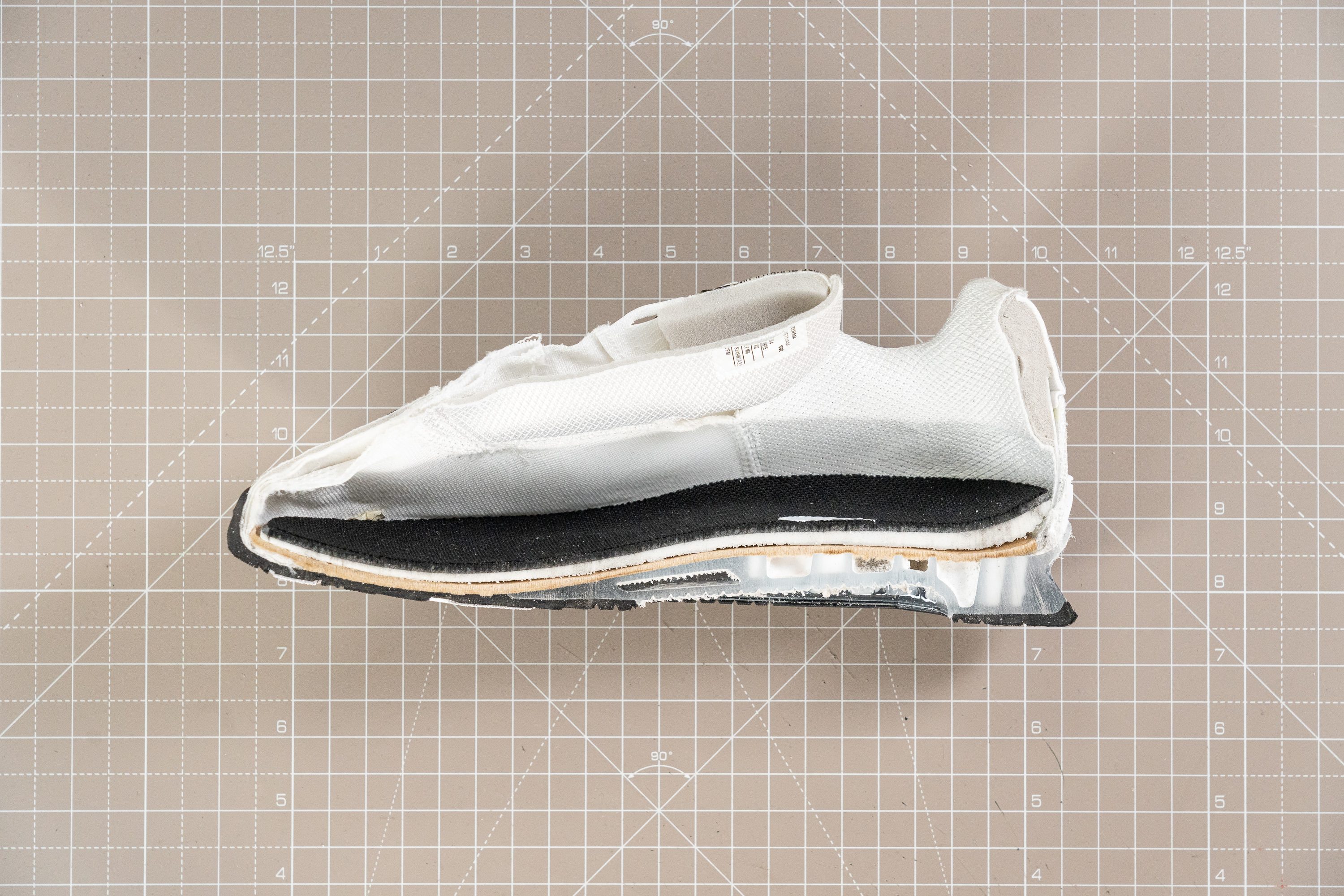
We can (almost) confirm this statement by measuring the shoe's heel (33.5 mm) and forefoot (13 mm) stack height. Our calipers show that the heel-to-toe drop is 0.81 inches (20.5 mm) - just a tiny bit taller than stated.
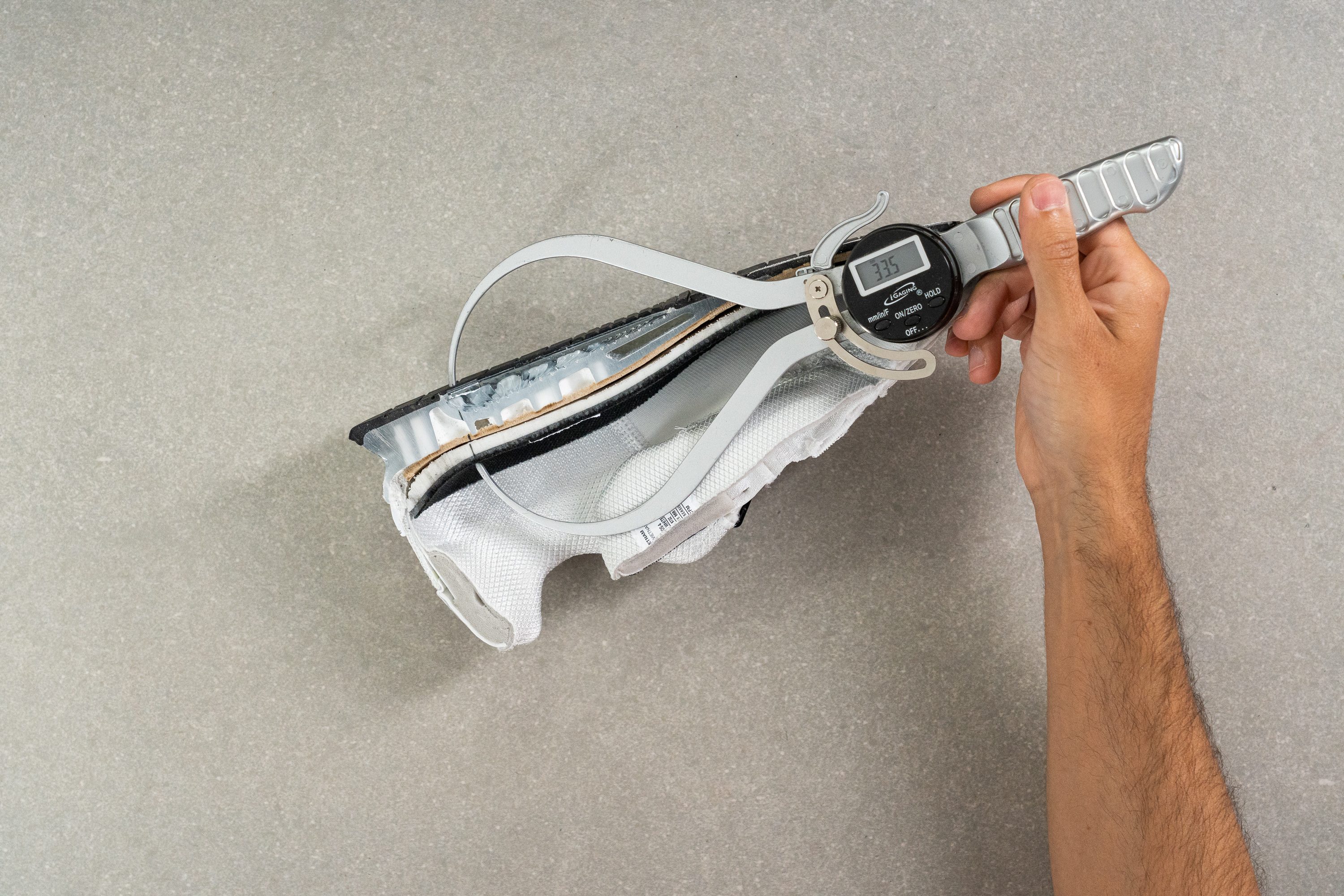
Durable but not in the upper
The shoe's excellent quality of materials and craftsmanship is something we commend. We also didn't come up against serious durability issues,
However, this was not the case when we exposed it to the Dremel test. After 12 seconds of drilling the toebox mesh, we found that the material did get a see-through hole. This did not happen to lifters with leather uppers (be they genuine or synthetic).
The photo below demonstrates the results of the same test performed on the Reebok Legacy Lifter II (right shoe). So if you are concerned with the upper durability of your lifting shoes, opt for a leather upper instead.

Adding a microscope shot into the equation, we can also see how soft the shoe's threads are.
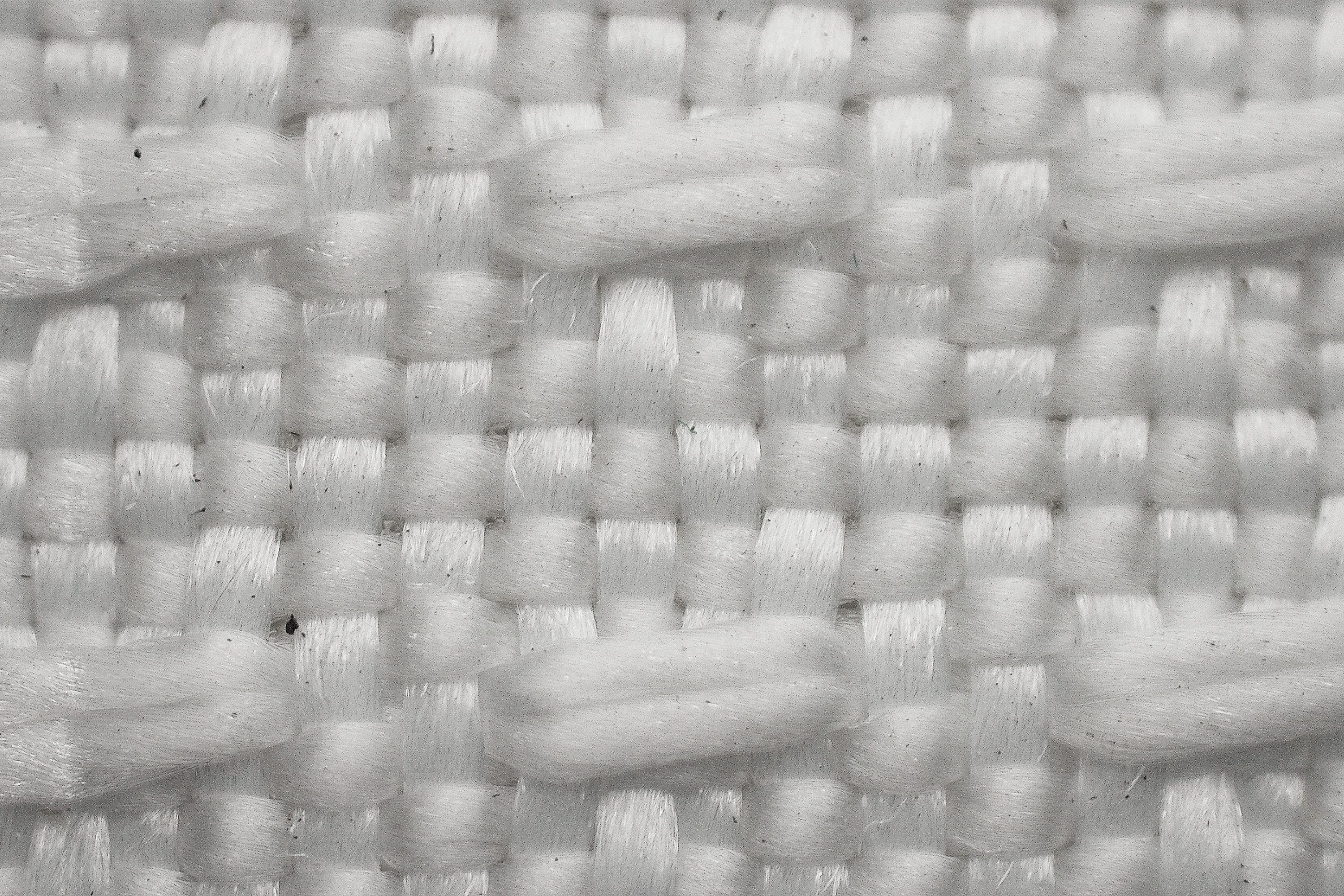
On the bright side, the wedge and the outsole of the Nike Romaleos 4 appear to be indestructible.
We measured the shoe's rubber thickness at a good 3.8 mm, which is the average for weightlifting shoes.
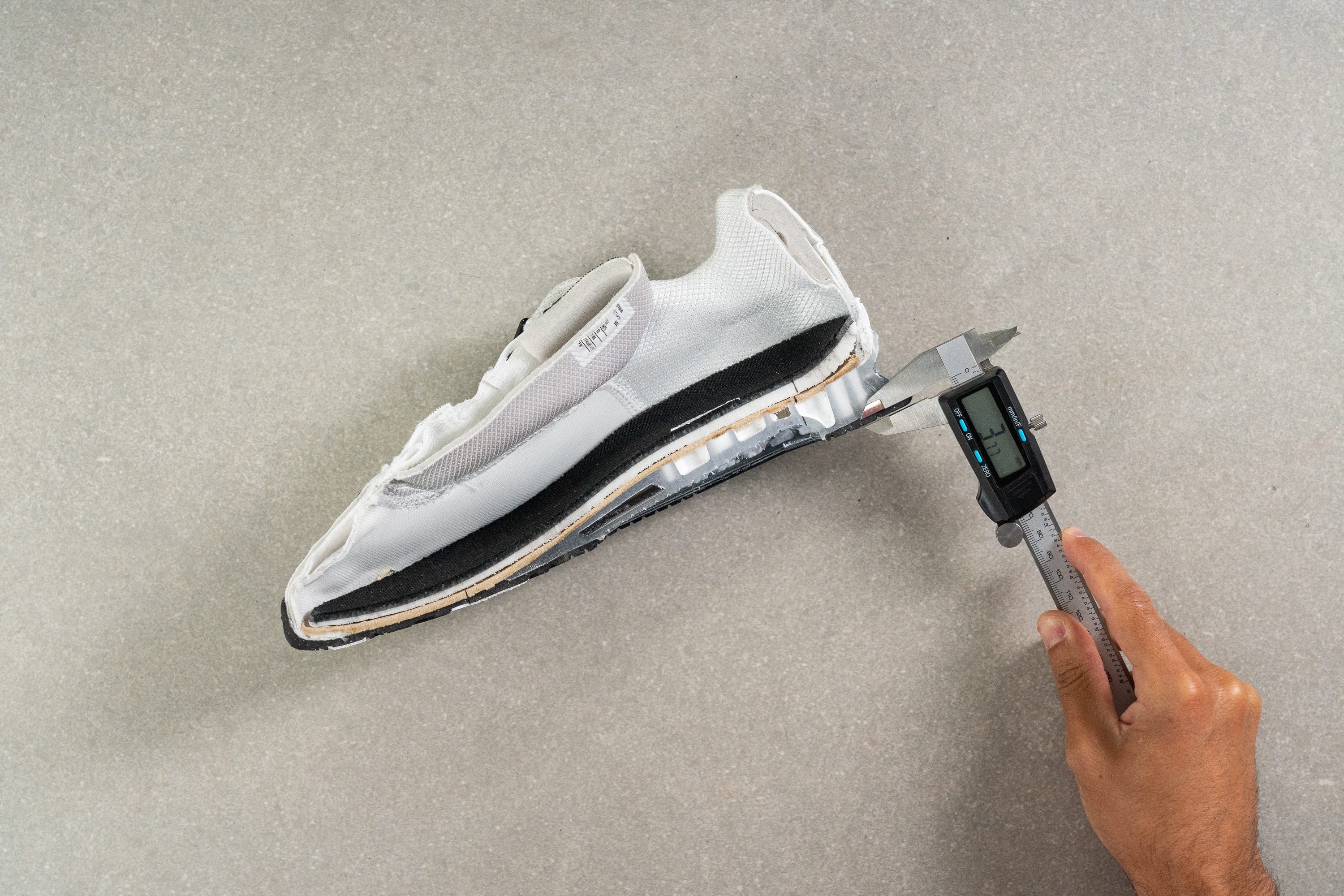
Judging by the hardness of that rubber, its durability also looks quite promising. The Romaleos 4 outperforms the Legacy Lifters by a few points here.
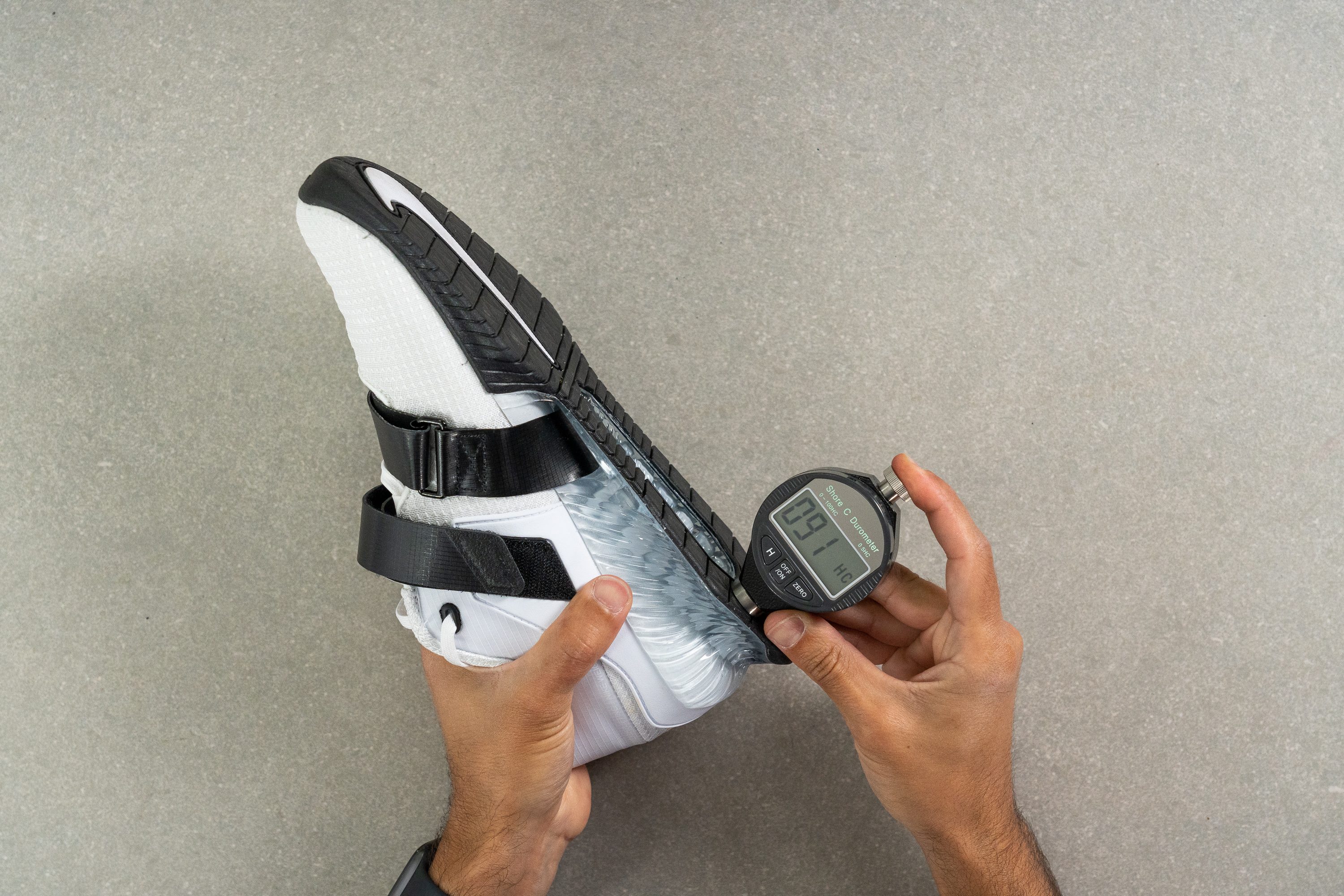
Quite comfy for a lifter
We found that the Romaleos 4 is as comfortable as a weightlifting shoe can get. The upper is amply padded and creates a pleasant foot-hugging sensation.
We also didn't feel like it was a brick after we spent some time walking around the gym in it.
But don't expect it to bend that easily.
By far, this is the stiffest weightlifting shoe that we've tested. Its torsional rigidity (assessed by twisting the shoe) got a maximum 5 out of 5 score which is essential for delivering lateral stability for heavy lifting.
Two straps to double the foothold
Having two Velcro straps instead of one allows us to have a bit more adjustability. The fact that they face opposite directions also contributes to more secure support.
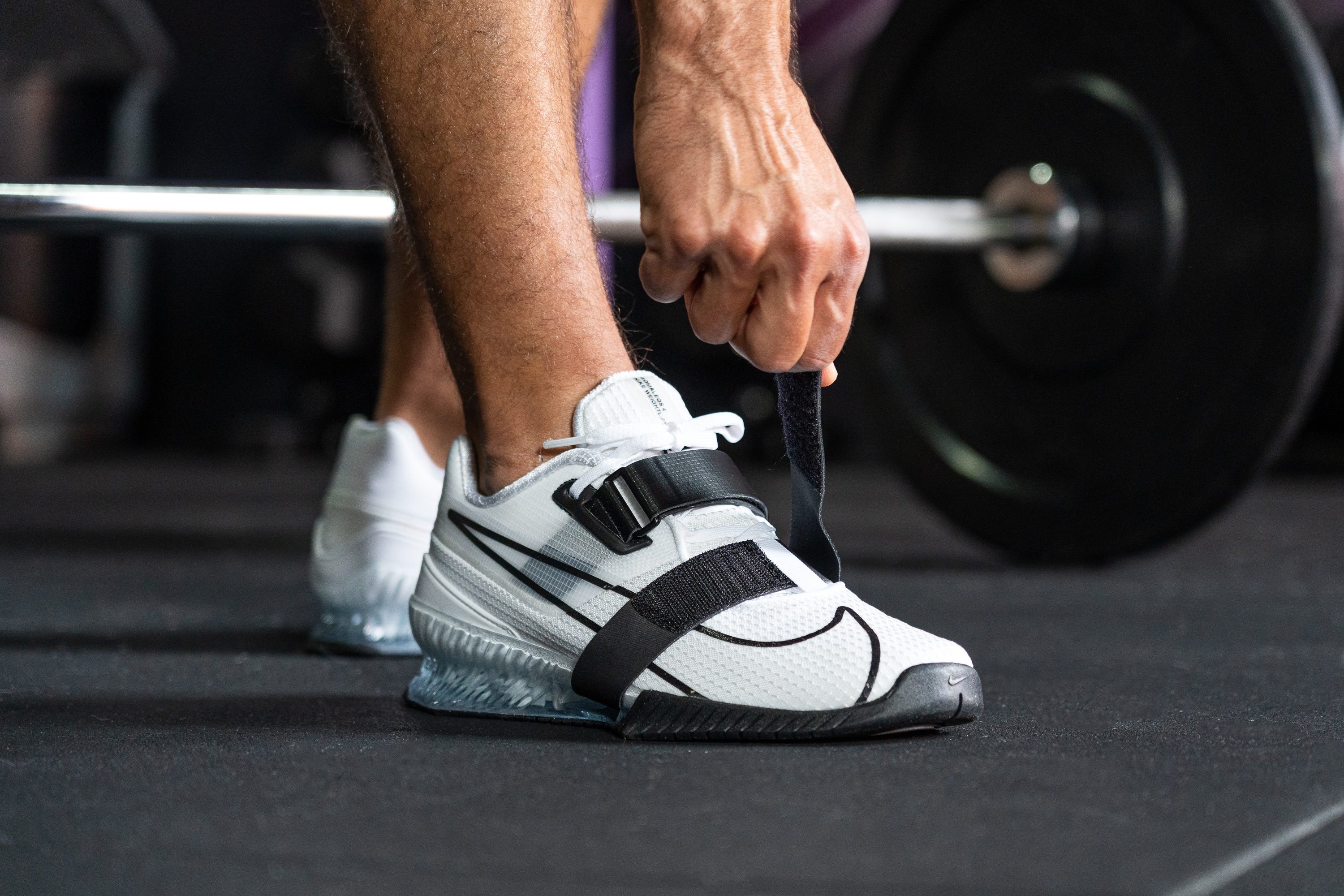
The Romaleos can get stuffy
Despite using a textile upper, we discovered that the Nike Romaleos 4 is not doing so well in the breathability department. Hot gyms are definitely not where this shoe shines.
Assessing the amount of smoke passing through the shoe's upper, we rated it as 2 out of 5 (where 1 is the least breathable).
True to size but toebox could be tight
Length-wise, we have no complaints about Romaleos 4. However, we found the toebox somewhat restricting. It has a thick material inside, which we believe is what makes it feel tight and narrow. Thus, our general advice is to go half a size up in this Nike lifter if you have wide feet.

We measured the toebox in both its widest part (101.5 mm) and around the big toe (74.2 mm). It turns out that the Romaleos 4 is not even narrower than lifting shoes on average (99.8 mm and 73.2 mm, respectively).
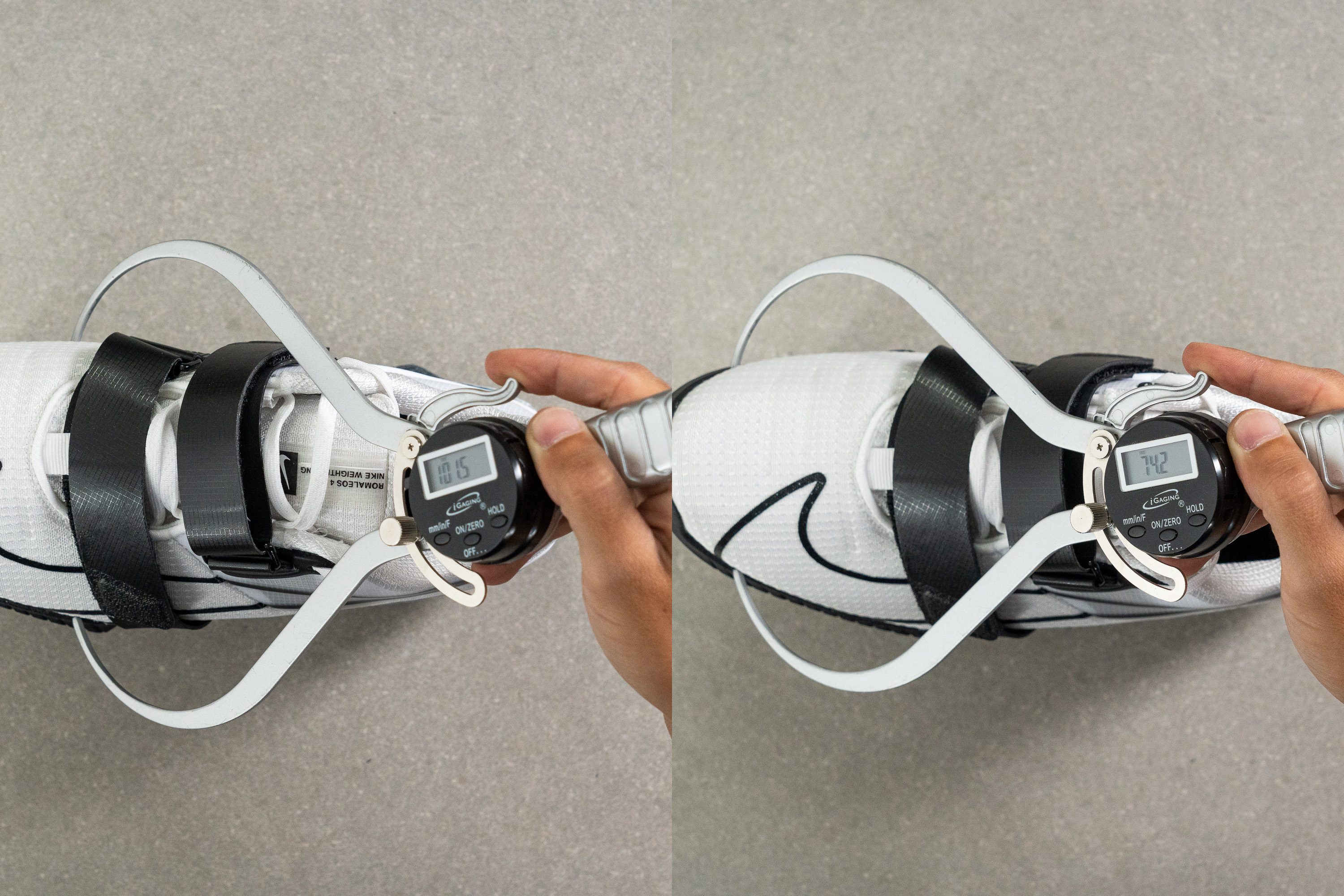
Got grip
We are provided with efficient traction on gym floors by this shoe.

Nike doesn’t sacrifice style with the Romaleos
We also love the pair's design and look. It is definitely one of the most good-looking weightlifting shoes on the market.
